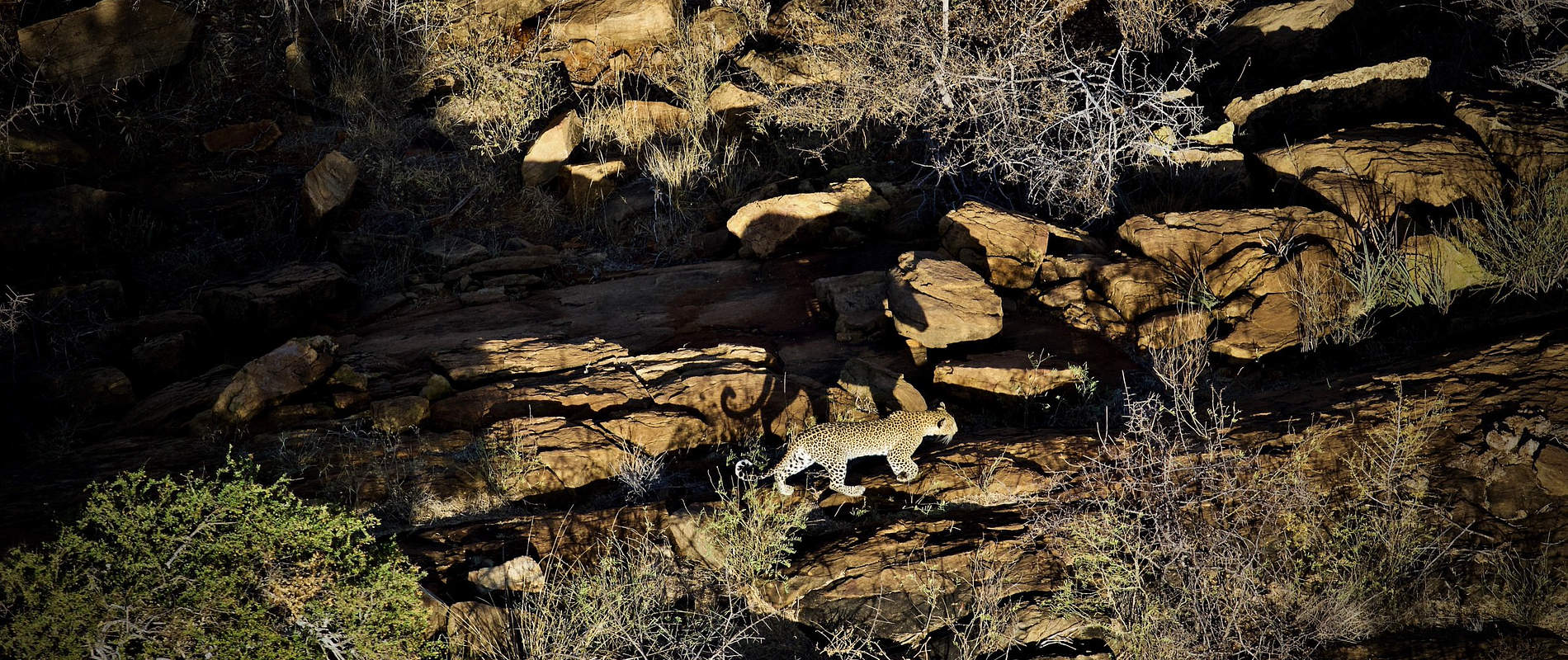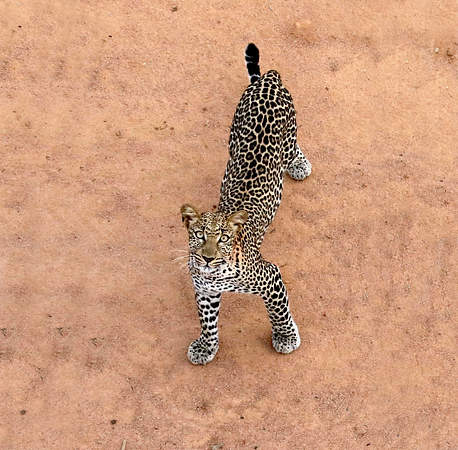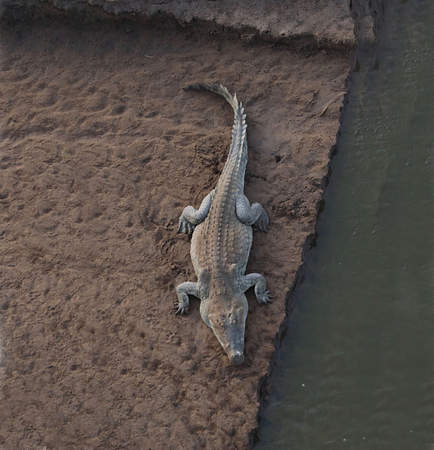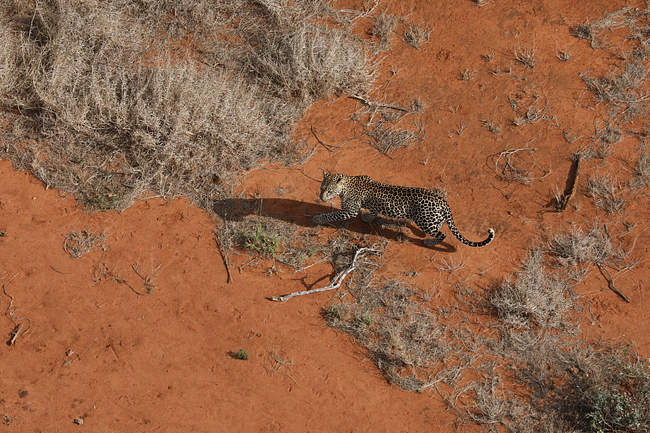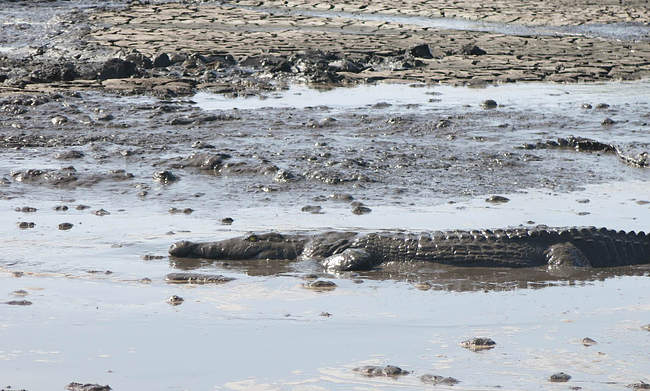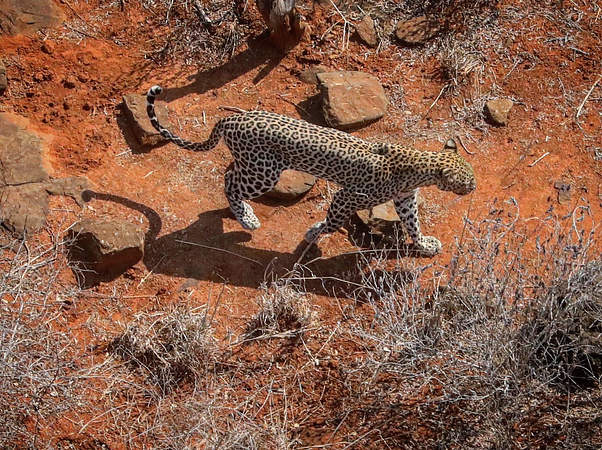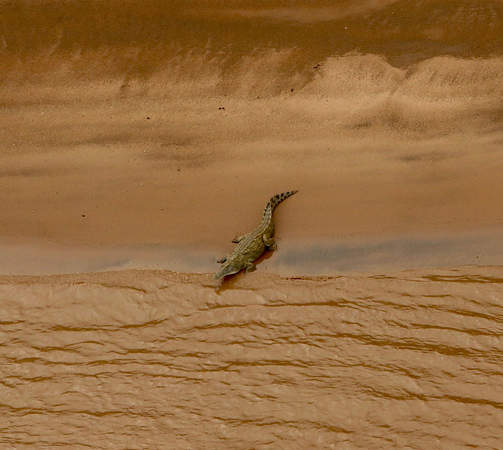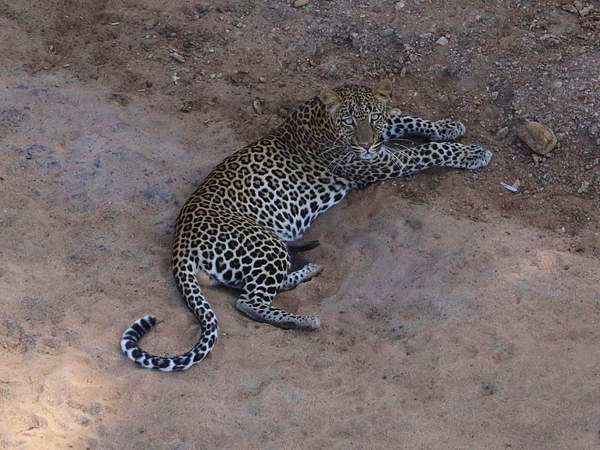Two of the most adept ambush hunters are the crocodile and the leopard. They are two very different animals with a surprising number of similarities.
Although most predators use some form of stealth and strategy in their pursuit of prey, two of the most adept ambush hunters are the crocodile and the leopard. They are two very different animals with a surprising number of similarities.
Both animals are solitary creatures and this one trait is largely responsible for the rest of their similarities. Whereas lions often hunt in a pride, using their immense individual power as well as strength in numbers to run down and overpower even the largest of game, crocodiles and leopards must rely on speed and agility, typically sneaking up to within striking distance and then using short bursts of energy to close the gap. Both employ excellent camouflage and muscular control to approach their prey undetected, however, the crocodile obviously has a clear advantage in this respect, being able to submerge itself almost entirely underwater. By the time the crocodile explodes out of the water, it may only be a few inches from its prey, which has little chance of escape.

Leopards, on the other hand, must creep along above ground with only terrain and vegetation for cover. This means that they cannot sneak up as close as their reptilian counterpart, but they are terrifyingly fast over short distances.
Another notable similarity that has contributed to both animals’ adaptability is their shared opportunism. While they must certainly prefer a large meal, crocodiles and leopards will both settle for a meal of just about anything, including small rodents, fish, hyraxes, birds - essentially almost any creature that they can get within striking distance of. It might be surprising that crocodiles and leopards, if given a chance, would even eat each other. Just recently, a member of the Sheldrick Wildlife Trust team was observing a crocodile on the banks of the Galana River in front of Galdessa Camp, one of the Trust’s eco lodges, when suddenly a leopard dropped out of a tree above the crocodile in a failed attempt to catch it!

Both the leopard and the crocodile face many of the same threats as other animals across Africa and indeed the world: poaching, habitat loss, and human-wildlife conflict. Both have at various times in recent history been heavily poached for their skins for use in fashion and, to a lesser extent, crocodiles for meat. In Tsavo, both animals face their biggest threats along the edges of the National Park where they come into frequent conflict with neighbouring communities. Leopards, for their part, are generally fearful of humans and so do a good job of avoiding direct conflict; however, since livestock is an easy target for a leopard, they do risk attracting animosity from farmers who cannot afford to lose one of their only sources of income to predation. This means that like lions, leopards are at risk, especially of poisoning.
Crocodiles pose an even greater threat to communities, since they often guard the only water source that people may have access to, and unlike leopards, they will readily attack livestock and humans alike. The SWT has on multiple occasions responded to cases of crocodile attacks, offering first aid and helping to transport victims to hospital. Although many people are able to adapt to this threat lurking along the banks of rivers, it is sometimes easier to eliminate the threat and so there are stretches of the Athi River, in particular, where crocodile densities are noticeably lower.
Another growing threat to crocodiles is the combination of climate change and high rainwater runoff – caused by excessive cultivation, overgrazing and deforestation – resulting in more frequent and intense flooding. Last year, Tsavo and in particular the Athi-Galana River witnessed one of, if not the greatest flood in living memory. The river rose by as much as 20 metres in some places and raging waters swept away nearly everything in its path, including undoubtedly any crocodiles that weren’t able to swim away in time.
Of course another threat to both species is competition with poachers for many of the same prey species. This is one of the reasons that the Sheldrick Wildlife Trust, despite being most well-known for the protection of elephants, firmly believes in general habitat protection as opposed to single-species conservation. To this end, we continue to work tirelessly to help conserve wild areas across Kenya, but most notably in the Tsavo ecosystem, through Aerial Surveillance, Anti-Poaching operations and our Canine Unit, as well as our Saving Habitats initiative.
By working to prevent any and all-forms of illegal activity in protected areas, we allow nature and all of her complex relationships and interactions to take care of the rest.
